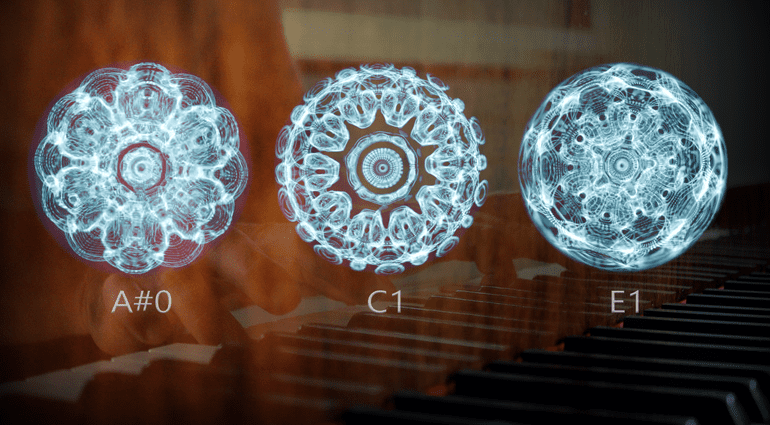
❄? When sound looks beautiful, it’s a paradox on the one hand, and simply brilliant on the other. The question arises: What do sounds actually look like? Which face do frequencies have? How does your head or a banana sound? With Cymatics, frequencies become visible. It is the unity of art, acoustics and science. ❄?
Fascination from the DIY Department
The keyword here is cymatics, a term coined by Swiss philosopher Hans Jenny (1904-1972), and comes from the Greek word for “wave“. It’s related to the visualization of sounds and waves. Imagine you are using a simple plate, for example made of glass or sheet metal. Now evenly sprinkle a fine powder on it, like flower pollen or fine sand. For the heavy metal fans among you: soot also works. Now make this powdered plate vibrate with, for example, a violin bow. The result is a graphic pattern: the wave phenomenon. Here is an example:

Digital Evolution of Sound Visualization
The next step was to use loudspeaker membranes instead of simple surfaces for these sound images. And it didn’t take long before these spherical visualizations could be displayed on large screens. The CymaScope was the first “instrument” with which vibrations on water could be displayed multi-dimensionally:
You are currently viewing a placeholder content from Youtube. To access the actual content, click the button below. Please note that doing so will share data with third-party providers.
Endlessly expandable Cymatics tools
And the creative journey continues… Experiments are carried out with different media for the presentation of the resulting images. The artists of this genre are like illusionists, they use prisms in which patterns are grouped to form an overall picture. They use torch flames that present cascading peaks, smaller or larger depending on the frequency of the keyboard or synth. Then there are touch-controlled oversized light bulbs, in which light flashes like lightning, or the oscillations and bends of a cymbal are visualized in slow motion. Just watch this impressive video for a demonstration:
You are currently viewing a placeholder content from Youtube. To access the actual content, click the button below. Please note that doing so will share data with third-party providers.
Welcome to the fascinating worlds of the Visible & Audible
Conversely, we could ask ourselves the question: “How does a colour sound; what sound does a graphic pattern have? Have you ever tried to play a square, rectangle or octahedron on your keyboard, guitar or drum set? Imagine the bassist calling out to the guitarist in the rehearsal room: “That’s not bad, but play a hexagon.” Who knows what the future holds?! For now, try out this cool app as your introduction into this world:
You are currently viewing a placeholder content from Youtube. To access the actual content, click the button below. Please note that doing so will share data with third-party providers.
But what’s it good for?
This multi-dimensional visualisation is an essential component in electronic dance music (EDM). In the USA, EDM has for a long time been considered a “trend of the future” and the cymatics images are a natural evolutionary component used in live performances as projections.
In the music video below, we clearly see the use of cymatics, this is not CGI 🙂
You are currently viewing a placeholder content from Youtube. To access the actual content, click the button below. Please note that doing so will share data with third-party providers.
Besides their importance to EDM, cymatics have also been used in medicine since the 1960s. Although its use hasn’t been “officially” proven to work, cymatics can be used as Cymatherapy, a sort of vibration therapy, that is administered to patients in order to put the resonance of their cells back into their natural frequency. The sound, as a coherent acoustic wave, is driven by a transducer directly into body tissues, usually through the soles of the feet. There are many medical proofs of Cymatherapy helping with muscle and tendon injuries, all kinds of stress and inflammation relief and even anti-aging. They say “music is medicine” but this is a whole other level!
- The AMI 750 cymatics healing device
- tendon injury repair
What’s your opinion on this topic? Should we focus on the visual aspect of music and frequencies or keep it strictly for our ears? Let us know in the comments! ?️✍️
5 comments
Leave a Reply
You are currently viewing a placeholder content from Facebook. To access the actual content, click the button below. Please note that doing so will share data with third-party providers.
More InformationYou are currently viewing a placeholder content from Instagram. To access the actual content, click the button below. Please note that doing so will share data with third-party providers.
More InformationYou are currently viewing a placeholder content from X. To access the actual content, click the button below. Please note that doing so will share data with third-party providers.
More Information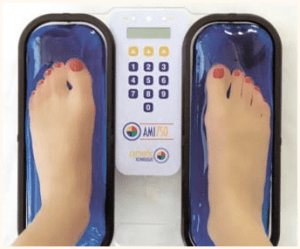
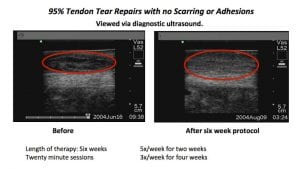
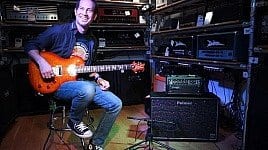
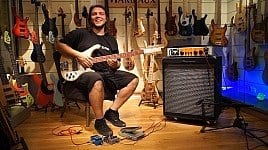

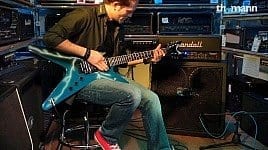
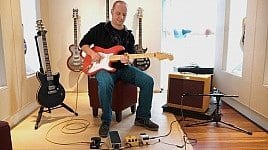
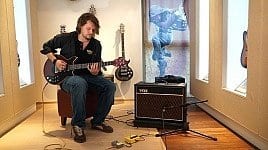
Adonai Schlup says:
Somewhere, the director for Jack White’s High Ball Stepper’s video is wearing a crooked smile.
Trevor Barratt says:
The ancient Vedic seers knew all about the effects of sound/ vibrations on the nervous system
Kepake says:
todo es vibración ,
así, en la investigación de las fuerzas sutiles de la naturaleza ,
son la alquimia, en contantes movimientos ,
que dan forman con vibración y se desforman
por ello es un hecho sensible
quien observa sin pensar,
descubre dichosas manifestaciones,
es atención, es vivir en constantes cambios emocionales,
ver esto es, estar presentes en hechos que son mas rápidos
que pensar en ellos,
la evolución psicológica humana, es inmediata,
hay esta esa paz en la totalidad naturaleza nacida,
la soledad es libertad
así, el silencio es movimiento en estar ,
en esa paz vibrando en los cambios
esos campos nagneticos…
hay un libro que lo muestra
es el arqueometro
Bodil Voll says:
Interesting
SImBee says:
Years ago I watched a luthier ‘tuning’ a violin back by sprinkling fine sawdust on it, and putting it over a louspeaker playing a pure sine wave. The patterns in the dust showed where he had to sand off more of the wood to get a perfect tone from the violin.